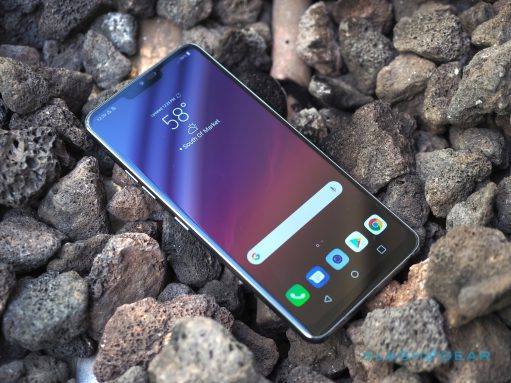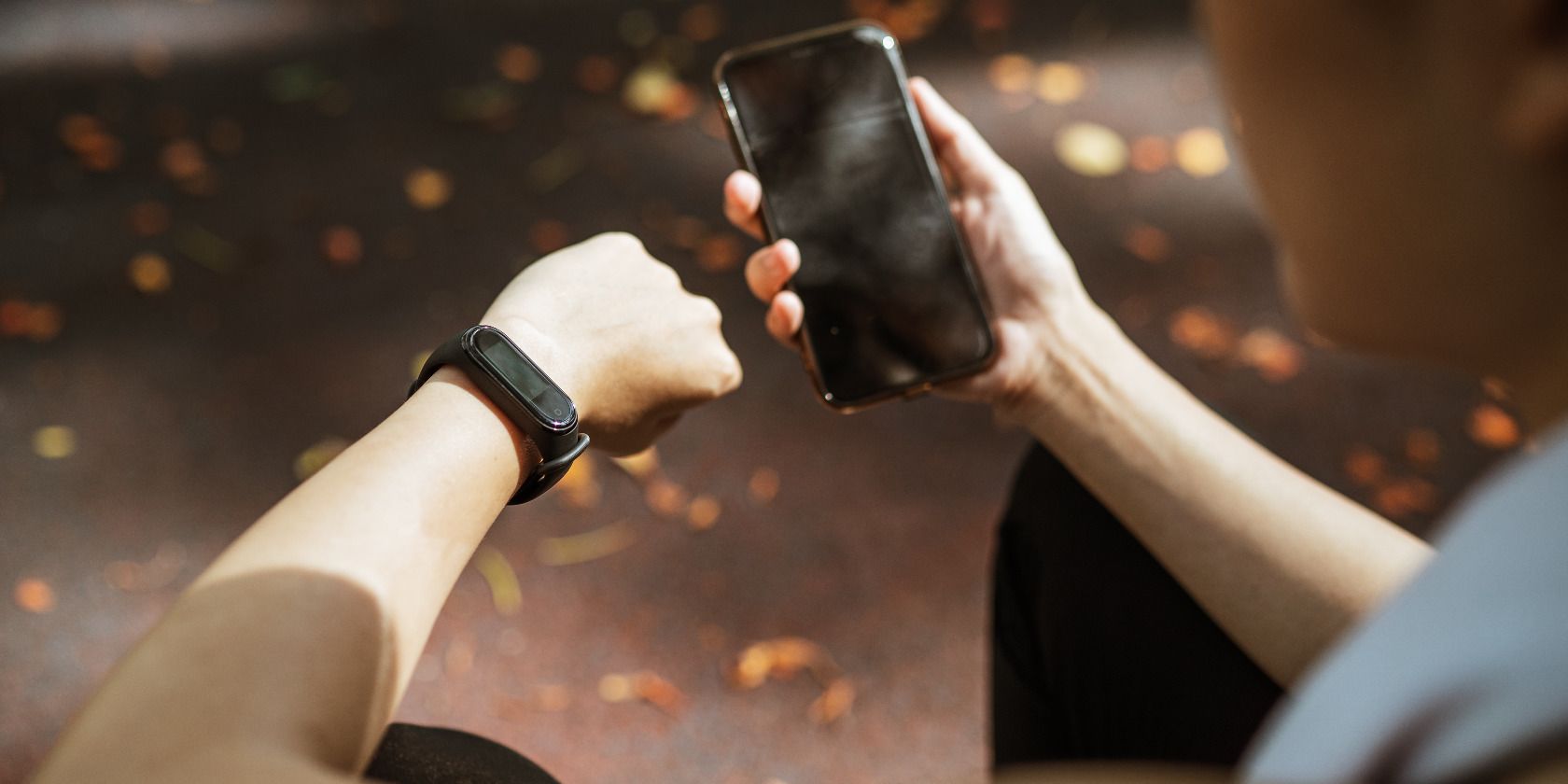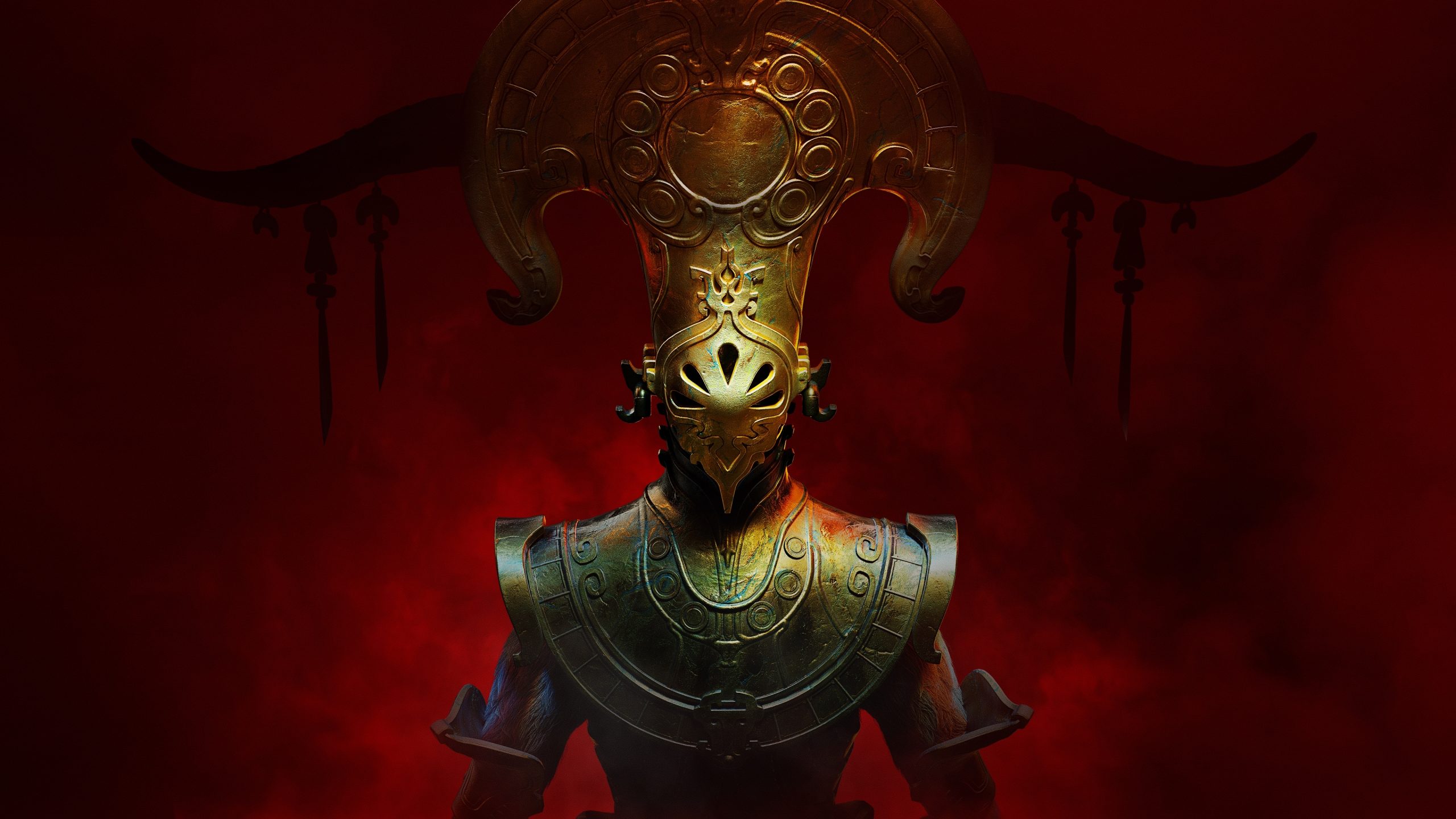Getting into the habit of creating a full Nandroid backup of your Nexus 6P can really save you in a pinch and today I want to show you how to do just that.
If you’ve seen some of the tutorials I’ve written here, you might have noticed that they can drastically change the way your Android smartphone operates. With Samsung devices, I have showed you how to completely disable the capacitive hardware buttons in favor of software navigation buttons. On non-Samsung devices I have shown you how to disable the software navigation bar in favor of alternatives like Pie Controls.
Those, along with things like custom ROMs and custom kernels completely change the way our smartphones function and this can be both good or bad.
If everything goes smoothly then you should never need a Nandroid backup of the Nexus 6P, but sometimes there are conflicts. This can happen from a hiccup occurring during the download of a file. This corrupts the file and causes your Nexus 6P to go into a bootloop after installing it. Maybe you were trying to type in some code into the build.prop file to change the DPI or disable the software navigation bar and then type something wrong. There are also times when community developed mods just aren’t 100% tested on every single variation of a device and a random bug appears.
Whatever the reason in, you should always be in the habit of creating a Nandroid backup of the Nexus 6P. It’s good to do these on a regular basis(like once a week or once a month), and it’s also good to do this right before you install a modification or tweak something within the Android OS. A Nandroid backup will take a snapshot of every single thing on your device so that when you restore, you will be right back where you were before you made that change.
Warning:
As of right now, users will need to disable all security layers(PIN, password, fingerprint, etc) before creating a backup. If you fail to do this then your pin/password/fingerprint will not work after you restore from the backup.
Requirements
Before you can proceed with this tutorial, you need to have a few things setup beforehand. For instance, you’re going to have to unlock the bootloader of the Nexus 6P. Then, you’ll need to install a custom recovery on the Nexus 6P. With both of these things done, you can then start following this tutorial for creating a Nandroid backup of the Nexus 6P with TWRP.
Nexus 6P Create Nandroid Backup
- Boot the Nexus 6P into Fastboot Mode – https://www.techexplained.co/nexus-6p-fastboot-mode/
Then Boot the Nexus 6P into Recovery Mode – https://www.techexplained.co/nexus-6p-recovery-mode/
When You Get to the TWRP Main Menu, Tap on the ‘Backup’ Button
Make Sure the Following Partitions Are Checked. . .
Boot, System, Data
. . .And Make Sure All Other Partitions Are Not Checked
Then Tap on the ‘(Auto Generate)’ Text Within the Name Field
Come Up With a Custom Name for Your Nandroid Backup
Press the Enter/Check Mark Key on the Keyboard to Confirm This Name
When Ready, Swipe the White Arrows at the Bottom of the Screen
Wait Until the Backup has Completed
Then Press the ‘Reboot System’ Button to Reboot the Nexus 6P
Explanation
If you have followed the two tutorials in the Requirements section of this article then you should have the bootloader unlocked and TWRP should be installed as your custom recovery. Technically, you can do a Nandroid backup with other custom recoveries. It’s just that TWRP is my go-to custom recovery because of the touch screen functionality and the fact that it has a very active developer following on XDA. So if you have installed a different custom recovery on the Nexus 6P, you can still do a Nandroid backup, it’s just that the steps listed above will be slightly different since the menu will be different.
When you boot the Nexus 6P into Recovery Mode, you should be greeted with the TWRP main menu. This is a series of buttons and one of them will be labeled Backup. Go ahead and tap that button and you’ll be asked a couple of things. Firstly, you can go ahead and select the different partitions that you want to backup. You can create a full backup but it’s simply not needed and it will take up a ton of space. So just make sure the Boot, System and Data partitions are selected and that all other partitions are not selected.
Next, you’ll want to create a custom name for your Nandroid backup. This isn’t technically required but it’s always smart to set up a name that is easy to read and that tells you what makes this backup different from all other backups on your Nexus 6P. I generally do something like [ROM Name] – Date, so with me being on stock firmware, I name mine ‘Stock -‘ and then press the Append Date button to add the date onto the custom name. If I were on CM12.1, then I would use that as the ROM Name instead of Stock. Whatever naming scheme you come up with, just try to be consistent so that in 1-6 months if you need to restore, you’ll know exactly what are on your backups.
Once the name has been set, look toward the bottom of the screen and swipe the white arrows all the way to the right. This will initiate the backup process and this can take a while. The amount of time it takes to create a Nandroid backup of the Nexus 6P will depend entirely on how much you have downloaded and installed on the device. For me it took between 5-10 minutes but for others it could take even longer. Just wait for the process to complete and then when it finishes, tap the Reboot System button to reboot the Nexus 6P back into the regular Android OS.







Nandroid in 6P is little more complicated.
1) Apart from Boot, System, Data, we should backup vendor too.
2) This selection window in TWRP also shows system image, boot image, vendor image. What are those??
3) There’s an xda thread that explains that even if you didn’t remove lockscreen security before making the nandroid backup, it still can be restored and you will be able to unlock the device. You’ll have to delete these files from /data/system/, via TWRP’s file browser –
locksettings.db
locksettings.db-shm
locksettings.db-wal
gatekeeper.password.key
gatekeeper.pattern.key
I’ve read in the Nexus 6P TWRP thread that backing up and restoring the Vendor partitions within TWRP can result in a bootloop. That is why I left them out of this tutorial. A few people in that thread suggested to only backup the partitions I mentioned in this thread
And thank you for that information about deleting files in TWRP. That is a way to get around the bug if you forgot to remove the security pattern before creating a backup
Hi all. I am switching from one Nexus 6P to another. They are the same phone, both 64GB but different colors. If I make the backup on one and transfer it to another and restore, will it work? I know that I have to get TWRP on the new phone first, but if I restore on the new phone I should keep my root and all customizations?
Hi Marc, from what I’m reading, you should be able to do this restore just fine.
– http://forums.androidcentral.com/verizon-galaxy-note-2-rooting-roms-hacks/245982-restoring-twrp-backup-new-phone.html
As mentioned in this thread, you’ll want to create a backup on the new phone(so TWRP can create the folder) and then you’ll want to move the backup from the older phone to the newer one.
Thank you! I tried yesterday but I am stuck in a boot loop on the new phone. Someone mentioned that this may be from backing up the Vendor partition, so I will try again without it.
You should be able to select which partitions you want to restore from. So maybe you can simply uncheck the vendor partition when performing the restore?
Success! I went ahead and made a new backup without the Vendor partition on the old phone, but I get what you are saying that I could have just restored the new phone without selecting Vendor. I also flashed the stock image on the new phone before trying to restore again (I don’t know if this was necessary or not).
Thanks for the help!
This process did not copy over my photos. Any idea why? It’s not important for me in this case, but I am curious as to what I would need to do differently.
Photos shoudl be stored in the Data partition. It’s backed up as a whole. This includes your apps and all that. So it seems strange that it would backup/restore all of your stuff except for photos
Can’t backup system partition. I get an error saying “createTarFork () process ended with error 255 “.
Do you have F2FS or something? I’ve found two people talking about this error and both threads talk about F2FS.
Sorry for the late reply. Actually I could figure out what was wrong, but I don’t remember it now. Thanks anyways.